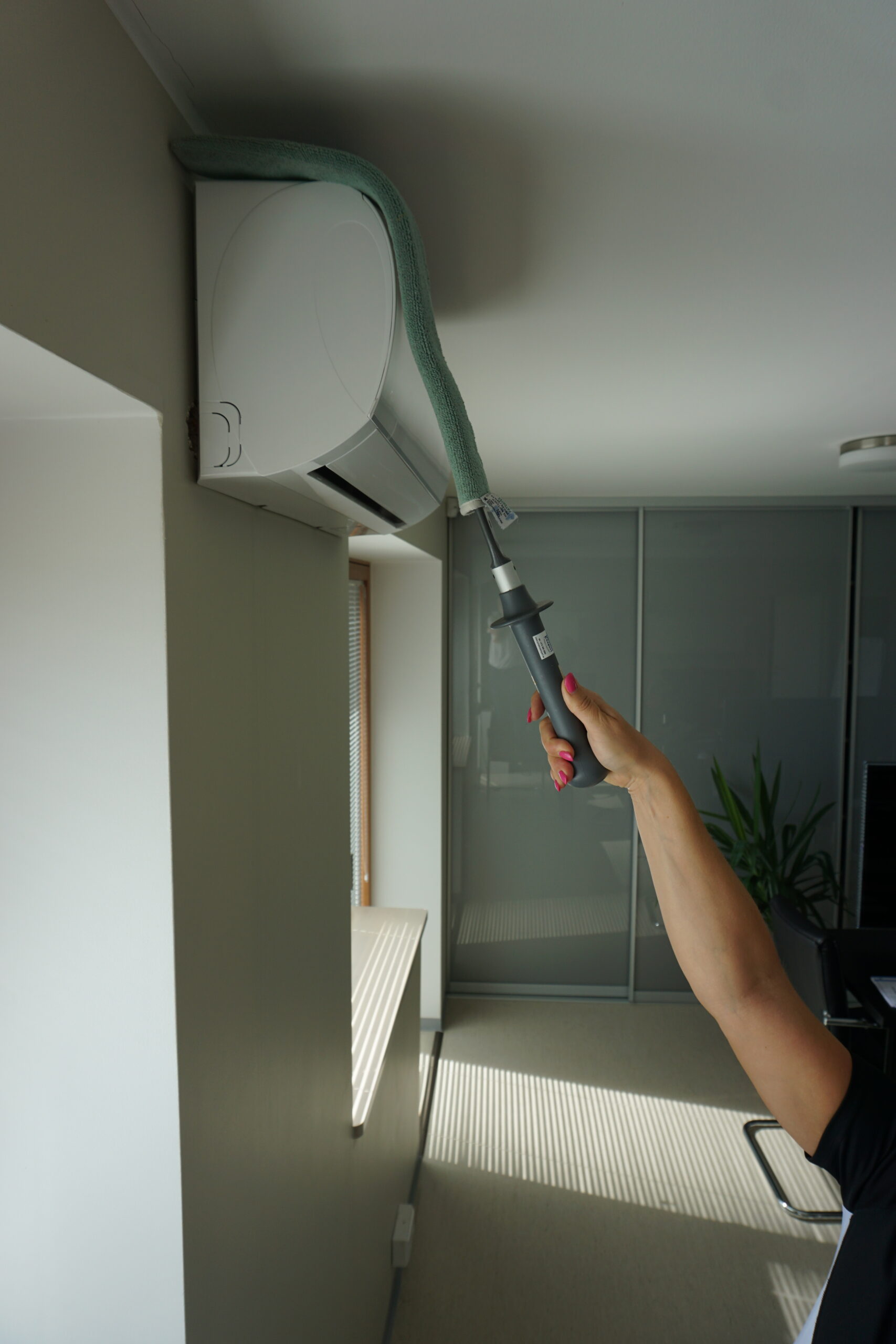info@puhastusekspert.ee +372 5611 1048
6 Tips for Eliminating Dust
 Dust is everywhere; it simply accumulates. Dust is dirt that can have a direct impact on our health. Besides dust allergies, it also directly affects the health of perfectly healthy individuals, as dusty rooms can contain more mold spores in the air than usual. When inhaling dust and spores, the body expends a certain amount of energy to cope with them, which results in a weakened immune system. If a person in such an exhausted state comes into contact with a virus, they are more likely to fall ill. In such environments, we often feel tired as well.
Dust is everywhere; it simply accumulates. Dust is dirt that can have a direct impact on our health. Besides dust allergies, it also directly affects the health of perfectly healthy individuals, as dusty rooms can contain more mold spores in the air than usual. When inhaling dust and spores, the body expends a certain amount of energy to cope with them, which results in a weakened immune system. If a person in such an exhausted state comes into contact with a virus, they are more likely to fall ill. In such environments, we often feel tired as well.
Experience and studies show that it is especially important to regularly remove dust from high surfaces and hard-to-reach places, such as the tops of cabinets, ventilation ducts, curtain rods, and similar areas. This is because old dust can bind more particles that exhaust the body. Studies indicate that people who spend time in rooms where higher surfaces are dusty are up to 40% more likely to contract seasonal illnesses.
Tips for Easily Removing Dust:
- Wipe dust from both surfaces and floors with a lightly dampened microfiber cloth.
- Fold the cloth – when one side gets dirty, turn to the next clean side. This way, large areas can be cleaned with a single cloth.
- Avoid sweeping floors with a broom and cleaning hard-surface floors with a vacuum cleaner that blows air out of one end. Cleaning with such methods lifts dust into the air, and after some time, it settles back down. An effective way is, for example, to sweep dust, hair, and similar debris from the floor with a floor squeegee-sweeper.
- Regularly remove dust from higher surfaces, for example, once every one or two months. This prevents dust from falling onto lower surfaces and keeps the air cleaner.
- Avoid wetting dry loose dirt, which includes dust .
- When wiping higher surfaces, a bendable dust mop with machine-washable microfiber textile is a great helper.
